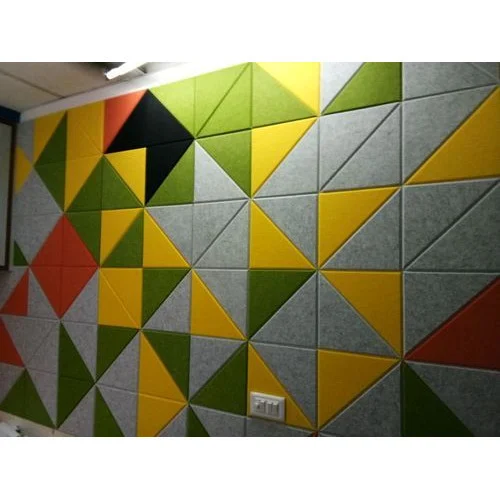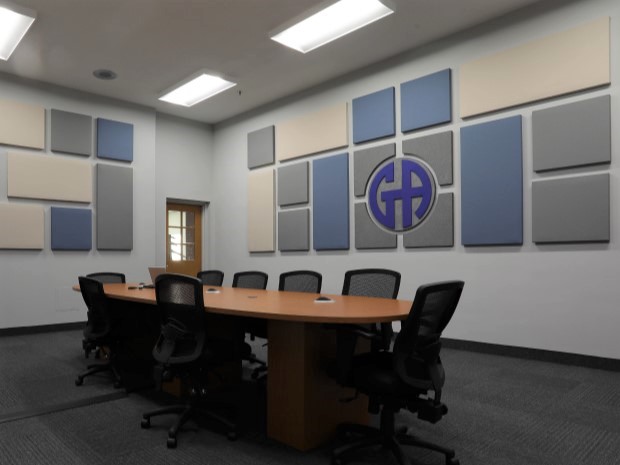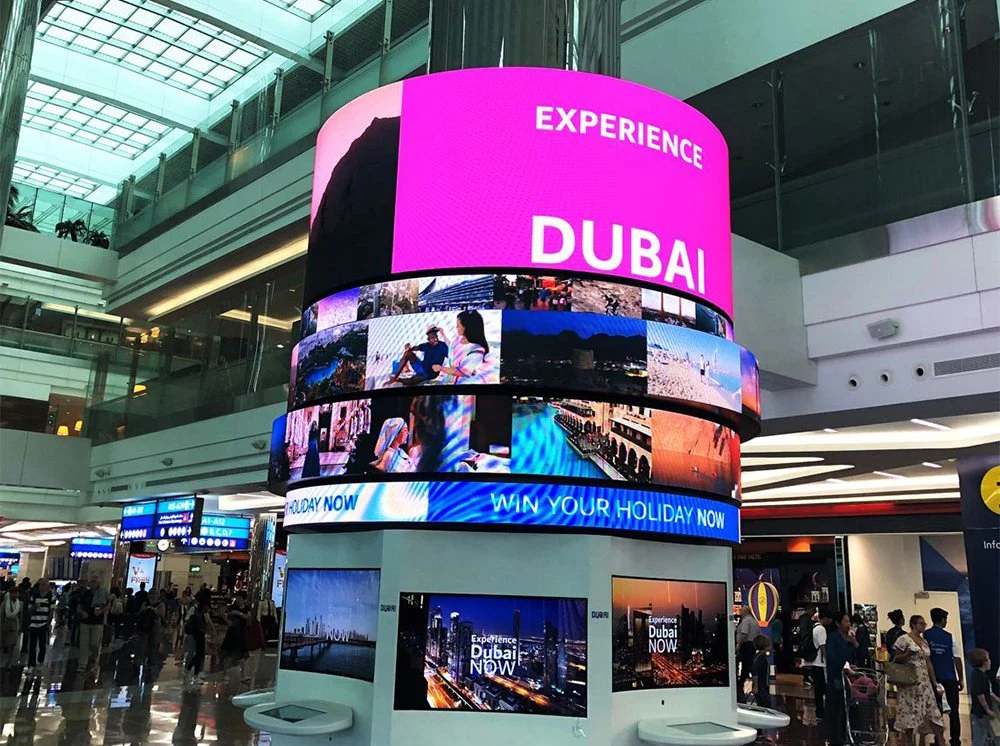In audio visual rooms It might seem obvious that acoustics should be considered as part of any AV Installation, but unfortunately it is often overlooked and instead the equipment is blamed for the poor audio. Often speech intelligibility is so poor that most of the conversation is misheard, or missed completely, which leaves participants frustrated.
Audio-visual and video-conferencing systems which are installed in rooms with too many hard surfaces such as glass, hard concrete walls or timber floors will experience audio issues. Conferencing rooms are not usually that large, so sound will reverberate quite rapidly around the room bouncing of multiple surfaces. This reverberation will then be picked up by the microphone and transferred to people on the other end the call.
Acoustic in Audio Visual rooms
What are the audio visual design considerations for conference rooms?
The main issue that causes poor echo is the reverberation time (RT) or severity of the echo within the room. For effective audio transmission, AV Room RT should be around 0.5 seconds or less.
 Generally, within meeting rooms, wall panels can do a pretty good job at reducing the reverberation within the space. Depending on the ceiling above and the overall size of the room, a ceiling system could also be considered to stop sound reverberating above.
Generally, within meeting rooms, wall panels can do a pretty good job at reducing the reverberation within the space. Depending on the ceiling above and the overall size of the room, a ceiling system could also be considered to stop sound reverberating above.
Acoustic solutions do not have to just be functional. They don’t even need to look as if they have been installed to improve the sound environment. Anything is possible, we can even print desired designs directly onto fabric wrapped acoustic panels to give a bespoke look to your meeting room.
It is important to understand the differences in sound absorption classes when installing acoustic panelling in your audio visual room. Too often people stick up a few cheap panels and expect everything to be sorted. As a general rule, around 30-50% off the area in the room should be covered to ensure effective absorption.
For more information on this article please feel free to contact us
Benefits of Proper Acoustics in AV Rooms





